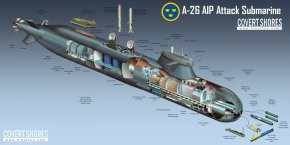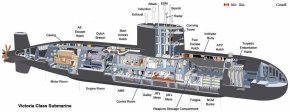Black Jack Shellac
Active Member
Well, just walking on the street in Vancouver it is near impossible to avoid the waccky baccy, it's everywhere all the time since they legalized it - the smell is quite annoying really...10 Soryu?? You been on the waccky baccy??None of your govts would fund that. Given your geostrategic situation, I would think that you should pay attentention to the RAN Attack class, just because of the range aspects and capabilities that it will offer compared to standard Euro SSKs.
As for 10, yeah I know, 10 is impossible - but ask for 10 maybe get 5, ask for 5 only get 2. Have to aim high.
As for type - I think the most critical thing is having the ability to go under the ice - despite what people think, there is still lots of ice in the arctic, even in the summer, and will be for at least the next century. I don't know enough about the RAN class, what is its AIP range/duration like compared to the Soryu?
Cheers


